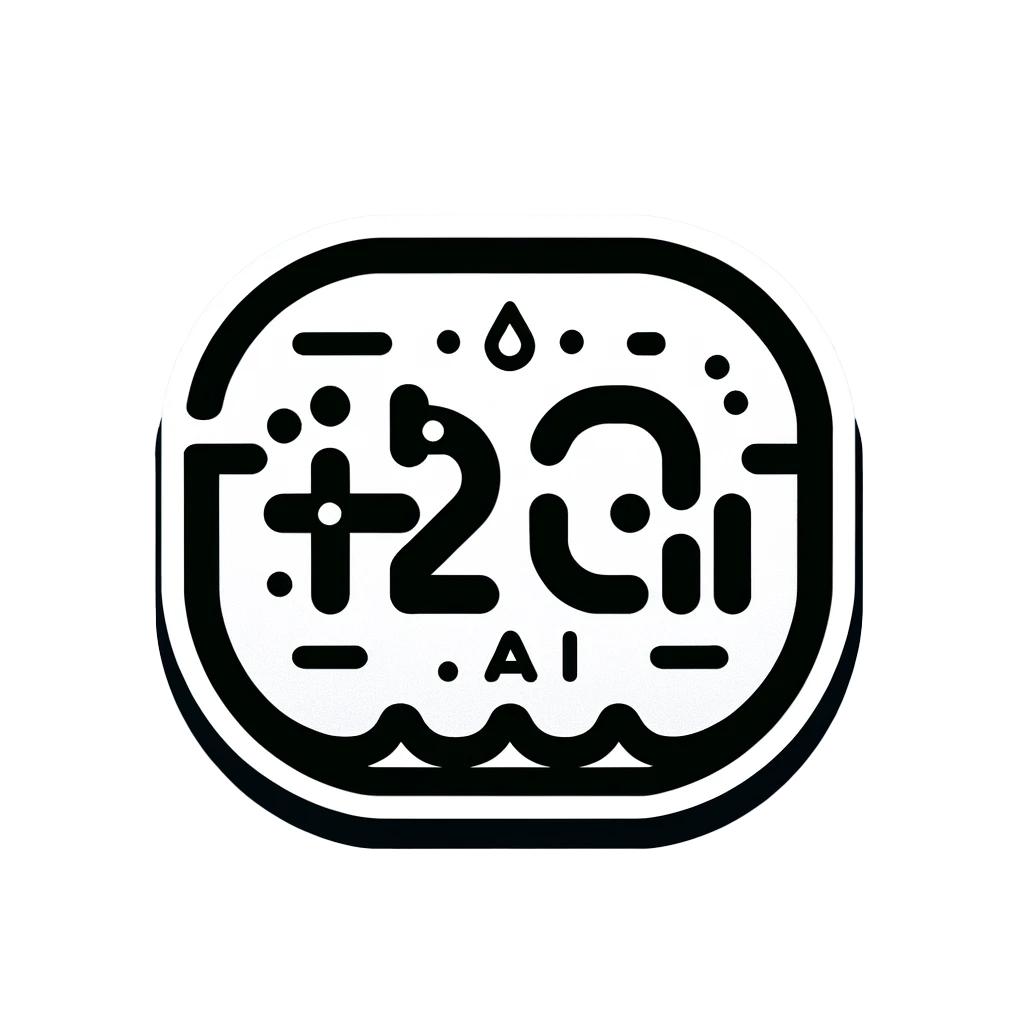In today’s digital-first environment, APIs (Application Programming Interfaces) are critical bridges in the architecture of modern software, allowing businesses to streamline operations by integrating various services and systems. This comprehensive guide explores how any service that a business uses and that has an API can be automated to enhance workflows, processes, and productivity using AI, ML, and automation tools.
Understanding API Automation
API automation refers to the use of software to create, run, and manage workflows that connect various applications, data, and devices via their APIs without manual intervention. It enables businesses to automate complex systems that rely on interconnectivity and frequent data exchanges, thus reducing manual workload, minimizing errors, and increasing efficiency.
Benefits of API Automation:
- Increased Efficiency: Automates repetitive tasks, saving time and resources.
- Scalability: Easily scales operations without proportional increases in cost or complexity.
- Improved Data Flow: Ensures consistent and error-free data exchange between systems.
- Enhanced Innovation: Frees up resources, allowing staff to focus on innovation and strategic tasks.
AI and ML in API Automation
AI and ML technologies elevate API automation by making systems smarter and more adaptive. These technologies can analyze data from API transactions to optimize workflows and predict future interactions, thereby enhancing the decision-making processes.
Application of AI and ML:
- Predictive Analytics: AI models can predict outcomes based on data patterns, helping to automate decision-making processes.
- Natural Language Processing (NLP): Enhances the capabilities of chatbots and service desks integrated via APIs to provide more human-like interactions.
Tools for Building Custom API Automations
Several platforms and tools have emerged that simplify the creation of custom automations using APIs. These tools allow businesses to build automation without deep programming knowledge, making the power of API automation accessible to a broader audience.
- Framer: This tool is great for prototyping apps and websites, allowing users to integrate various API-powered functionalities easily.
- Typedream: Offers a simple interface for creating web pages that can connect to APIs for dynamic content updates.
- Synthflow: Ideal for orchestrating API workflows and automating business processes through a visual programming interface.
- Hyperscience: Uses ML to automate data extraction from documents and integrates this data through APIs into other systems.
- Maker: Allows non-technical users to build applications or automate workflows by connecting APIs in a no-code environment.
- Bubble: A powerful tool that enables users to design app interfaces and integrate APIs for various functionalities without coding.
- Adalo: Facilitates the creation of mobile and web applications with easy API integration to enhance app capabilities.
Implementing API Automation: A Strategic Approach
Identifying Automation Opportunities:
- Evaluate processes that require repetitive data entry, data retrieval from multiple platforms, or involve complex workflows that can be streamlined through integration.
Choosing the Right Tools:
- Select tools based on the complexity of the workflow, the technical proficiency of the team, and the critical nature of the processes. Tools like Bubble and Adalo are great for rapid development with minimal coding.
Designing the Workflow:
- Map out the process, identify the APIs involved, and design the workflow in a tool that visually represents the automation. Synthflow and Maker are excellent for these purposes.
Integration and Testing:
- After setting up the automations, integrate them with existing systems. Conduct thorough testing to ensure data flows correctly and the system behaves as expected.
Monitoring and Optimization:
- Use AI tools to monitor the performance of automated workflows and optimize them over time. AI can provide insights into bottlenecks or inefficiencies, suggesting improvements.
Conclusion
API automation is a powerful strategy that can significantly enhance business efficiency and innovation. By leveraging tools such as referenced above, businesses can implement robust API automations that integrate seamlessly with existing systems.
The incorporation of AI and ML not only enhances these automations but also adds a layer of intelligence that can predict, adapt, and evolve as business needs change. This guide provides a foundational understanding, but the journey towards full API automation will also require ongoing learning and adaptation to new technologies and market conditions.





